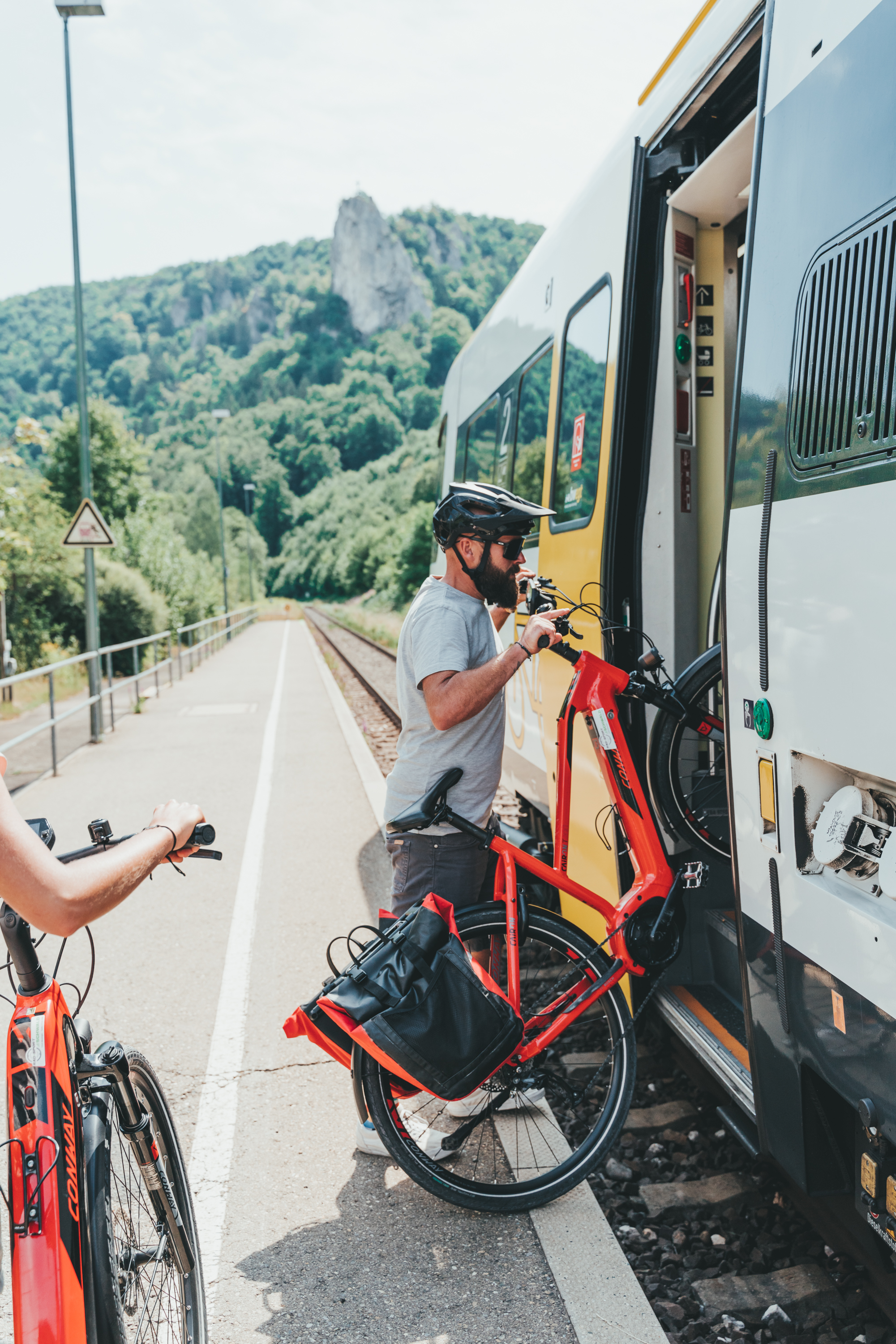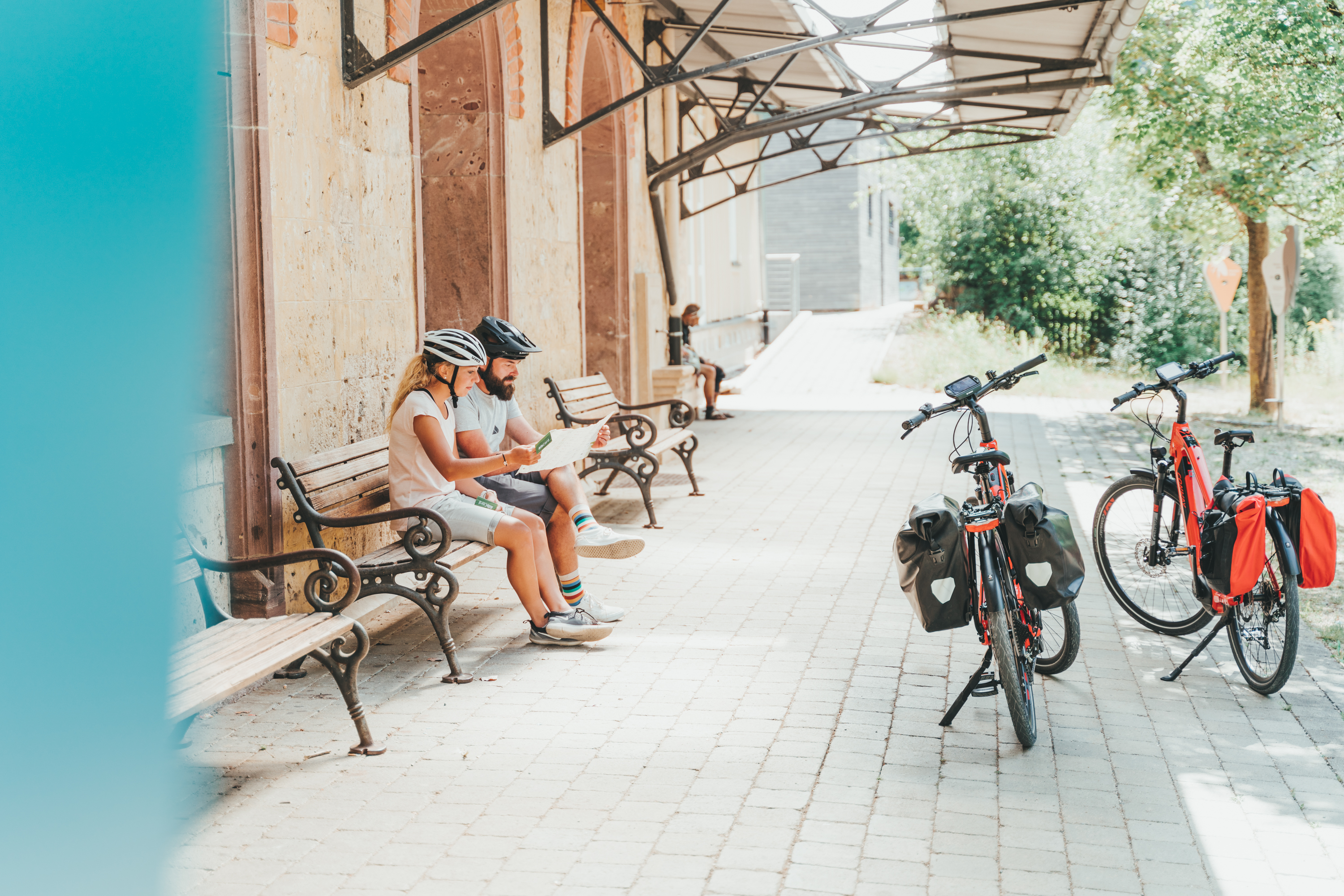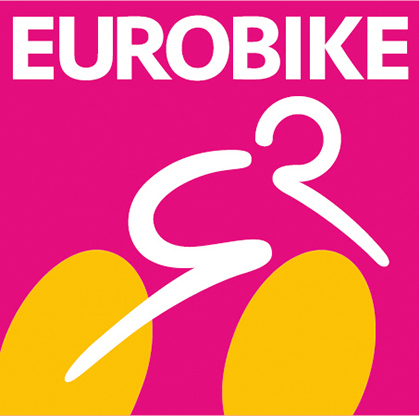The top 10 takeaways at a glance
1. Peak bike tourism: We experienced a peak in 2019, the same as many other sectors. In 2023, there were one million fewer classic cycling tours with more than three overnight stays. However, the number of day trips increased significantly. Overall, bicycle travel is on the rise.
2. Cycling on holiday is popular: A high proportion of people see cycling on holiday as an important topic. Multimodal guests are an important factor here – this has implications for developing services and communication. Potential guests expect a wide range of experiences to feel that their individual requirements are being catered for.
3. Cycle tourism is a significant economic factor: In 2023, cycling day trippers and cycle tourists spent between 22 and 25 billion euros.
4. There are a variety of reasons for not using a bike on holiday: From the physical challenge to the lack of infrastructure for travelling to go on and return from holiday. The coverage of local public transport networks and how secure they are can play a major role here.
5. E-bikes continue to be an important factor: E-bikes compensate for lack of muscle power and help reduce insecurity; they also make hilly terrain more accessible.
6. Cycle paths along rivers and other waterways remain a big hit: People like the fact that these types of cycle routes mean flat tours. Nine of Germany’s ten most popular cycle tours follow rivers. There is room for improvement in other regions.

7. Parts of eastern Germany and middle Germany have great potential: The most popular bicycle tourism regions run like a chain along Germany’s borders. In eastern Germany, there is not much, apart from in Mecklenburg-West Pomerania. However, even Bavaria and Baden-Württemberg, regions that are relatively spoilt when it comes to active tourism, had ‘only’ one area that improved in the top ten ranking.
8. When it comes to shorter cycle trips, bigger cities show plenty of potential: These mainly take place near close to home, yet metropolitan regions are low in the ranking. Closer cooperation is required between cities and their surrounding regions.
9. Gravel bikes are growing: Gravel bikes already account for a hefty 10% of all bike categories used on holiday. As such, they might sit behind mountain bikes and city bikes, but they are catching up. It will be exciting to see which further categories develop here in future and which categories will lose ground to gravel bikes.
10. Bicycle tourism is becoming more and more digital: Cyclists are using digital platforms more and more for cycle tours. From booking platforms to tour planning. For the first time ever, bike apps now are virtually as important as local signposts. Google Maps remains the big winner. Komoot comes out on top among bicycle travellers spending three nights or more away. In most areas, komoot is not far behind Google Maps – with apps in third place and below lagging much further behind.
In conversation with Christian Tänzler ADFC board member responsive for tourism
What do you see as significant in the figures – especially when compared to previous years?
Following its relaunch, the ADFC Bike Travel Analysis now offers an even more comprehensive study of bike tourism. In addition to classic cycling holidays and day trips, it also covers riding bikes while on holiday where cycling is the not the main motivation. This is a remarkably large segment: In the past three years, 29 million people rode a bike while on holiday. In 2023 alone, 10.6 million people rode bikes on vacation. And the overall figures are impressive too: In 2023, 37.4 million people in Germany used their bike while on holiday or for day trips. That’s over half of the adult population of Germany. The number of cycling holiday trips actually decreased in 2022, however the number of day trips increased significantly.

What prevents people from going on a holiday cycling trip? What can we do to improve this?
A third of the people who said that they had not gone on a cycling trip in the last three years stated that a cycling trip would be too strenuous for them. This figure is probably going to fall in future as more and more people use e-bikes. In addition, the separate stages of a cycling trip can naturally be organised more flexibly in terms of distance and difficulty to meet individual requirements. In particular, along the well-developed ADFC quality routes there is ample bed+bike accommodation – so nobody has to ride 60 kilometres or more a day. However, being active while on holiday is one of the main reasons for a cycling trip.
For around 30 per cent of those asked, the lack of equipment or other people to ride with was the reason for not going on a cycle trip. For the right equipment, there are the retailers. To find people to ride with, the ADFC has set up a website specifically for this purpose – the ‘Mitradelzentrale’: https://www.adfc-radtourismus.de/mitradelzentrale/
Around a quarter of all people who did not go on a cycle trip said they decided against such a trip because of the difficulty of travelling there and back. In order to improve this, we need better capacity to take a bike with you on national and regional trains. In addition, train stations need to become more accessible and more bike-friendly.
The good news is that around 55 per cent of people who did not go on a cycling trip in the last three years said that they could imagine going on a cycling holiday in the future.
What prevents people from going on a holiday cycling trip? What can we do to improve this?
A third of the people who said that they had not gone on a cycling trip in the last three years stated that a cycling trip would be too strenuous for them. This figure is probably going to fall in future as more and more people use e-bikes. In addition, the separate stages of a cycling trip can naturally be organised more flexibly in terms of distance and difficulty to meet individual requirements. In particular, along the well-developed ADFC quality routes there is ample bed+bike accommodation – so nobody has to ride 60 kilometres or more a day. However, being active while on holiday is one of the main reasons for a cycling trip.
For around 30 per cent of those asked, the lack of equipment or other people to ride with was the reason for not going on a cycle trip. For the right equipment, there are the retailers. To find people to ride with, the ADFC has set up a website specifically for this purpose – the ‘Mitradelzentrale’: https://www.adfc-radtourismus.de/mitradelzentrale/
Around a quarter of all people who did not go on a cycle trip said they decided against such a trip because of the difficulty of travelling there and back. In order to improve this, we need better capacity to take a bike with you on national and regional trains. In addition, train stations need to become more accessible and more bike-friendly.
The good news is that around 55 per cent of people who did not go on a cycling trip in the last three years said that they could imagine going on a cycling holiday in the future.
How much do cycling tourists spend compared to average holidaymakers?
For the first time ever the ADFC Bike Travel Analysis also has detailed figures for how much is spent on cycling holidays. People on short trips spend 130 euros per day, the estimated total expenditure for this segment for 2023 lies somewhere between two to three billion euros. People on a cycling trip with at least three overnight stays spent on average 117 euros per day – this segment sees a total expenditure of six to seven billion euros. For day trips, spending per head was around 32 euros less, because there are no accommodation costs. Total expenditure for cycling day trips in 2023 lies at roughly 14 to 15 billion euros. People who ride a bike on holiday spent on average 123 euros per person per day.
In comparison: travel analysis by FUR (Forschungsgemeinschaft Urlaub und Reisen – the largest non-commercial organiser and commissioner of tourism research in Germany) states that average spending for holidays of five days or longer comes to 110 euros per person per day. However, due to the different designs of these two studies, it is not possible to compare these figures directly (for example, because we also include short trips). In general, though, we can say that cycling tourists and people on cycle trips spend more per person per day than average holiday makers.


